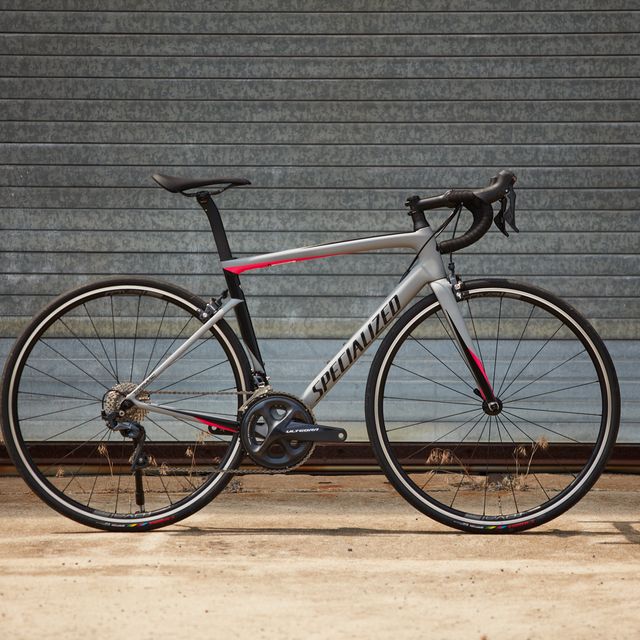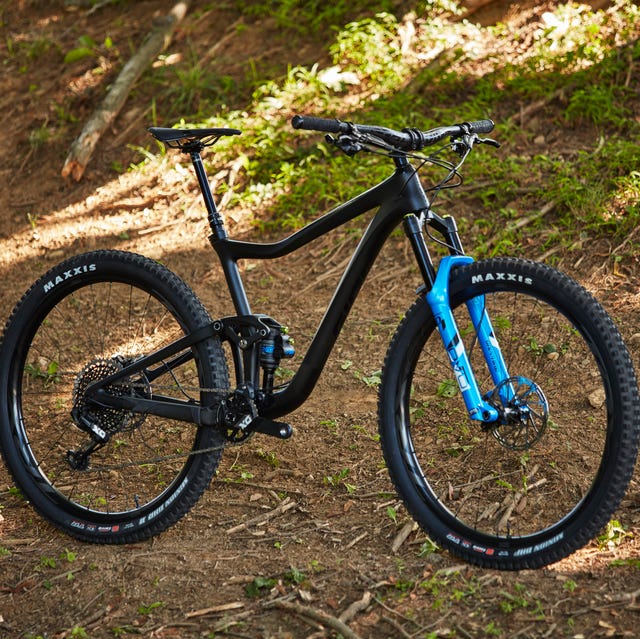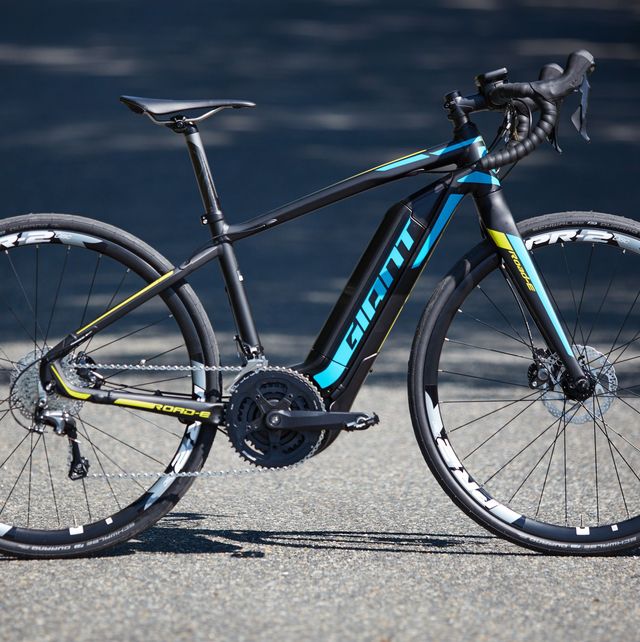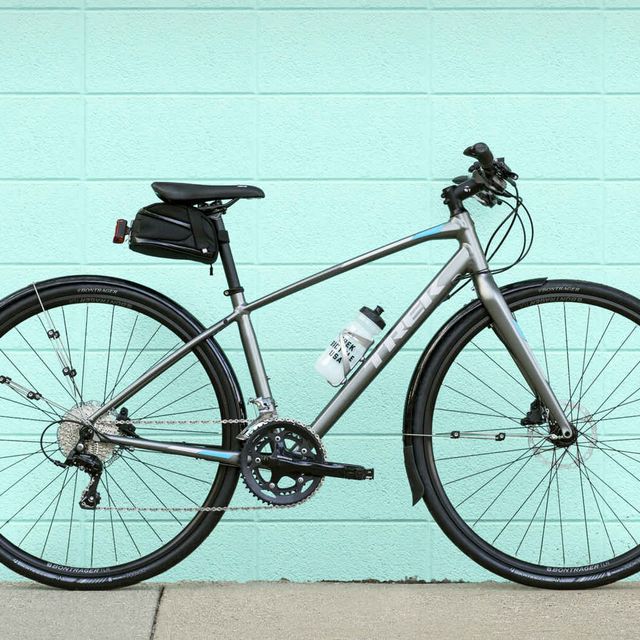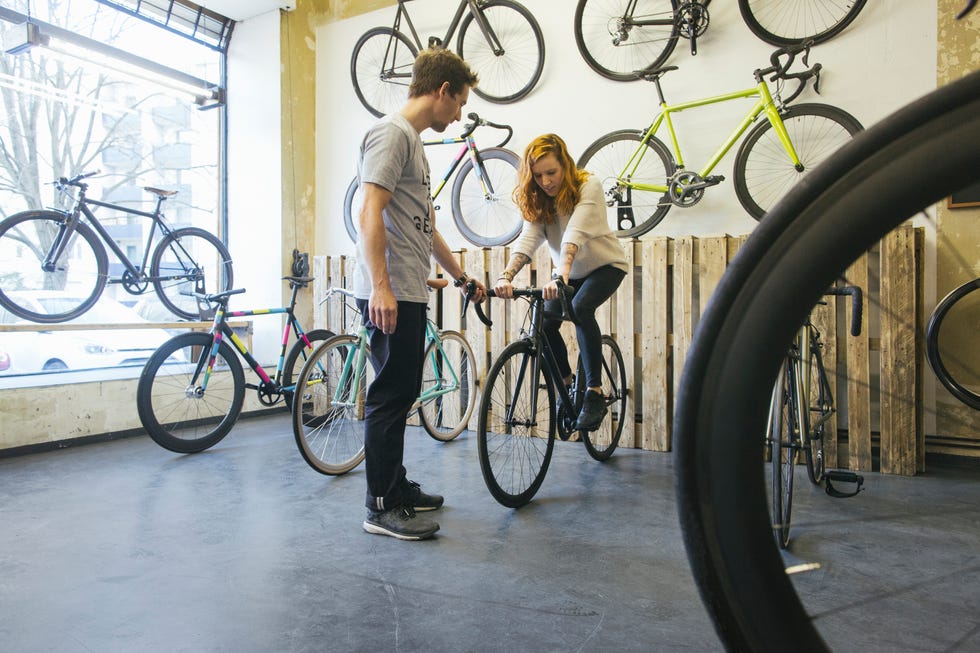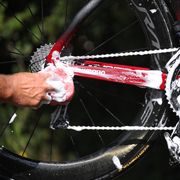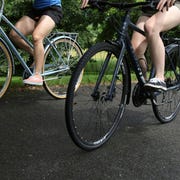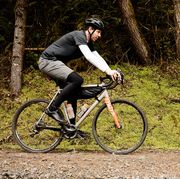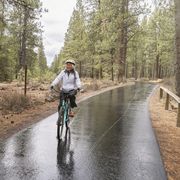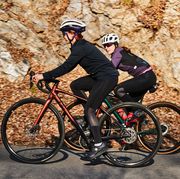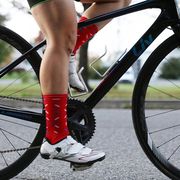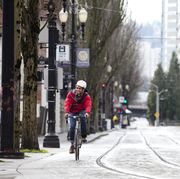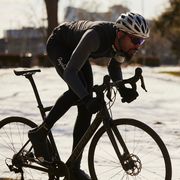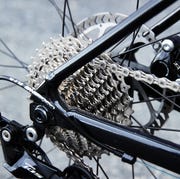If you’re like most people in 2020 who were stuck at home, just looking for ways to get outdoors with a new type of exercise/transportation, then you probably ended up searching for where you could buy a bike.
If so, we can’t blame you! Bicycles are freedom. They can provide exercise, transportation, and meditation all at once. But first, you’ll need to actually get a bike, and there are so. many. choices. (Along with the current shortage of new bikes on the shelves.)
But it only seems daunting.
Before you head to the bike shop to pick up your new favorite mode of transportation, it’s helpful to know all the little details that will make the bike buying process easier. Some of the main questions you’ll want to ask when you consider buying a bike are:
- What kind of bike should I buy?
- What parts of the bike do I need to care about?
- How much do I want to spend?
- Where can I buy a bike?
Here’s how to find, and buy, the right bike for you.
Where Will You Ride?
The first logical question is “What kind of bike should I buy?” Start by figuring out what kind of riding you want to do. There are many kinds of bikes, and knowing what you’ll do with ’em narrows the field considerably. How often will you ride? How far? Will you stay on paved surfaces, or explore natural-surface paths?
If you’ll stay on pavement and ride primarily for exercise, a road bike or fitness bike is a good choice. A comfort or cruiser bike is better for short, casual rides with family. If you’ll bike mostly for commuting, a city bike might be best; think about electric pedal-assist models as well. If you want a bike for commuting and fitness, and think you might ride on both pavement and natural-surface trails, a versatile gravel bike is probably the right fit. If you’ll ride entirely off-road, a sturdy mountain bike is the best choice.
Sometimes, more than one category of bike might be appropriate. Once you’ve narrowed things down to a couple of styles, you can zero in on specific candidates.
Bike Anatomy 101
Frame: The heart of the bike. Made of metal (aluminum most often, steel sometimes, titanium rarely) or carbon fiber on more expensive models. Comes in different sizes to fit riders of different heights.
Wheels: Made up of the rubber tire, the rim, and the hub, which connects to the rim via spokes.
Suspension: Front and rear hydraulic shocks that smooth out bumps and jolts. The rougher the trail, the more suspension you need. Pricier suspensions are lighter and more adjustable.
Drivetrain: Typically 1-30 gears, with up to 12 in the back (cassette or internal-gear hub) and 1-3 in the front (chainrings). Most use a traditional chain, but some city bikes feature belt drives.
Brakes: There are three types. Coaster hub brakes are found mostly on beach cruisers. Rim brakes are found on many models, from inexpensive city bikes to high-end road racers. Disc brakes are cable-activated or hydraulic. They’re heavier but stop better, with less force, in all conditions.
Contact points: The seat (also called the saddle), handlebar and stem (flat, curved, or drop), and pedals (flat, toe-clips, or clipless).
Consider Your Budget
Quality bikes for adults start around $300 to $400. (Many department-store bikes you see for less are cheaply made, poorly assembled, and will be 100 percent un-fun to ride). But a good bike will last, which means you’ll get far more out of it. Here’s what you can expect for your money:
$300 to $500: A sturdy metal frame, rigid fork or basic front suspension, a wide-range drivetrain (anywhere from 7-24 speeds), rim brakes or cable-activated disc brakes
$500 to $1,000: Better front suspension, hydraulic disc brakes on some models, lighter wheels and tires
$1,000 to $2,000: Lighter aluminum or carbon frames, better suspension, hydraulic disc brakes (except on some road bikes), still lighter wheels and tires
Where to Buy
There are multiple places where you can buy quality bikes these days. Here are the advantages and disadvantages of each:
Dealer-direct (online)
- Pros: Access to brand’s full line; better selection on prior-model year sales
- Cons: No test ride; no service package or accessory discounts with purchase; currently delays in new products
Online retailer
- Pros: Often the most aggressive pricing for new bikes; prior-year sales
- Cons: No test ride; returns are a hassle; must assemble yourself
Local shop
- Pros: Brand-authorized; expert help; service plans and discounts
- Cons: Often the most expensive; limited selection
eBay/Craigslist
- Pros: Cheapest deals available; can buy new or used
- Cons: Zero warranty; prone to scams; must hunt for right model/size
How to Shop
Research
Once you’ve narrowed down your bike to one to three styles, it’s time to do some online research. Start with our best bike series, then head to manufacturer websites for more. Compare features like frame material, gearing, and brakes on different brands in your price range. Check the sizing, which varies from brand to brand, and use the size finder to determine what works for you. And yeah, think about color and graphics.
Use the manufacturer’s dealer finder to find a shop in your area that carries the brand. Call ahead and ask if they have the model you want (or something close to it) in the right size. Ask whether you need to schedule a test ride (or if the shop is doing anything different when it comes to testing bikes because of the coronavirus pandemic). You’ll want to test the bike in conditions as close as possible to what you’ll ride in real life. Scout the area around the shop for any bike paths where you can safely sort things out, and find a good hill to test the gearing range and brakes.
How to Test Ride
Dress the part: Wear whatever you plan to wear when riding. Bring your ID and a credit card even if you don’t plan to buy that day, as you’ll likely need to leave them with the shop during the test. Ask shop staff to set up the bike for you—adjusting the seat, inflating the tires, setting the suspension will give you the proper fit. If you’re unfamiliar with how any parts work, ask for a demonstration.
A good test ride takes around 15 to 20 minutes. Get comfortable in the parking lot first, and ask the shop to readjust anything that doesn’t feel right. Then, get out and ride!
Shift through all the gears, see how the bike handles around corners. Does the steering feel quick and responsive? Slow and stable? (There’s no wrong answer, just what feels best to you.) Are the gears low enough to let you climb steep hills at a comfortable pace? Do the brakes stop you quickly and safely? Is the bike comfortable to sit on?
Most shops aren’t located near trail and aren’t keen on letting riders get test bikes dirty. So if you’re looking for a mountain or gravel bike, demo events are a great bet. Ask the shop if one is scheduled, and check the manufacturer’s website for a calendar of demo tours. Finally, ask if the shop has the model you want in its rental fleet. Many shops will credit the price of one rental toward purchase.
Signs of a Good (and Bad) Bike Shop
Good bike shops have employees who are friendly and knowledgeable, but will work at your speed. They’ll show you how different parts work. They’ll allow test rides and take the time to properly set up the bike. And they’ll discuss maintenance, any service plan packages they offer, and what accessories you should think about.
If an employee is condescending or dismissive, find another to help you. If it happens again, find another shop or go to the manager.
Pressure sales tactics are rare, but if they try to sell you something that’s the wrong size or clearly not right for you, leave if they won’t listen to your concerns. Most shops are great, but if something feels out of place don’t be afraid to speak up for yourself.

